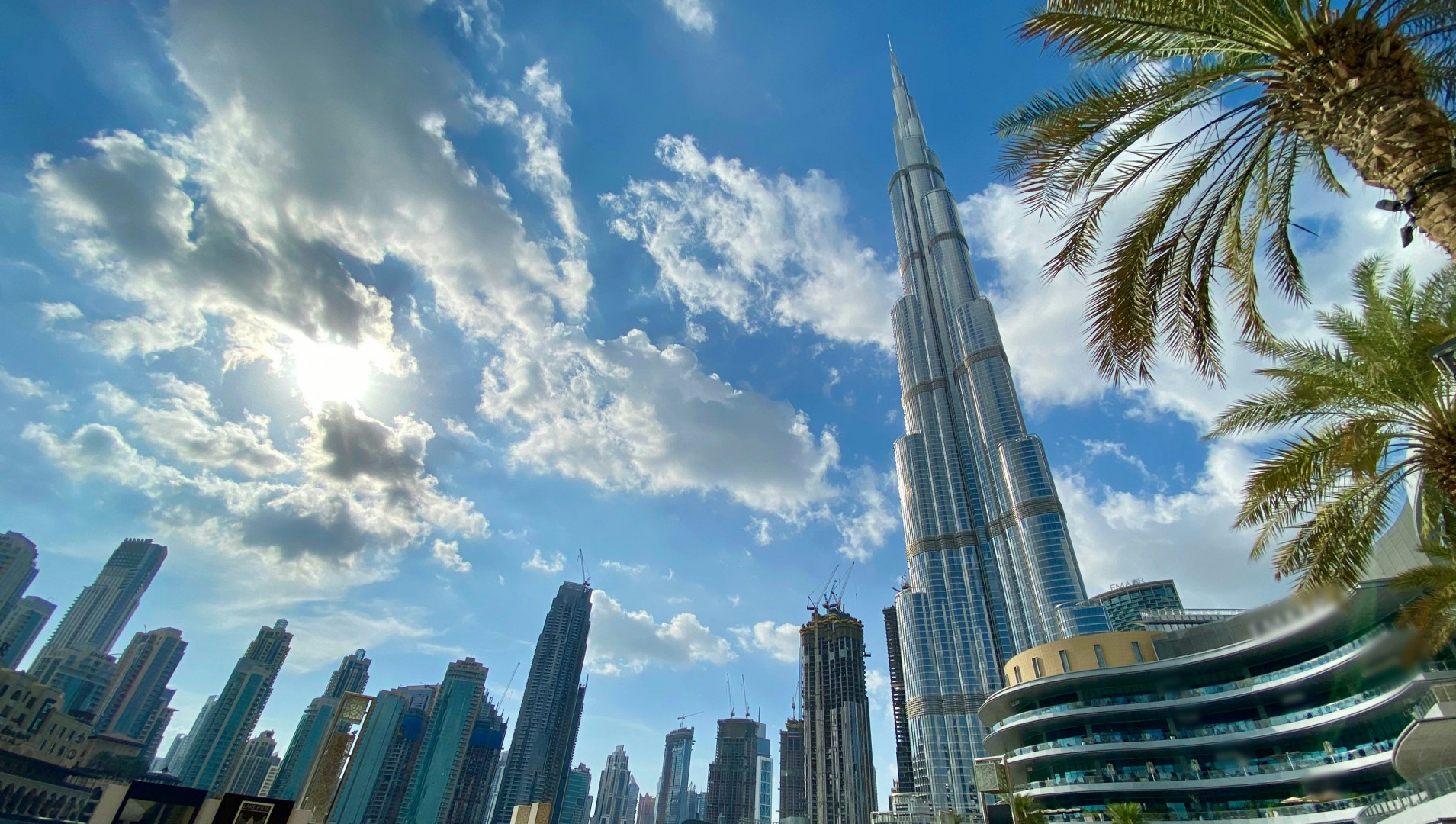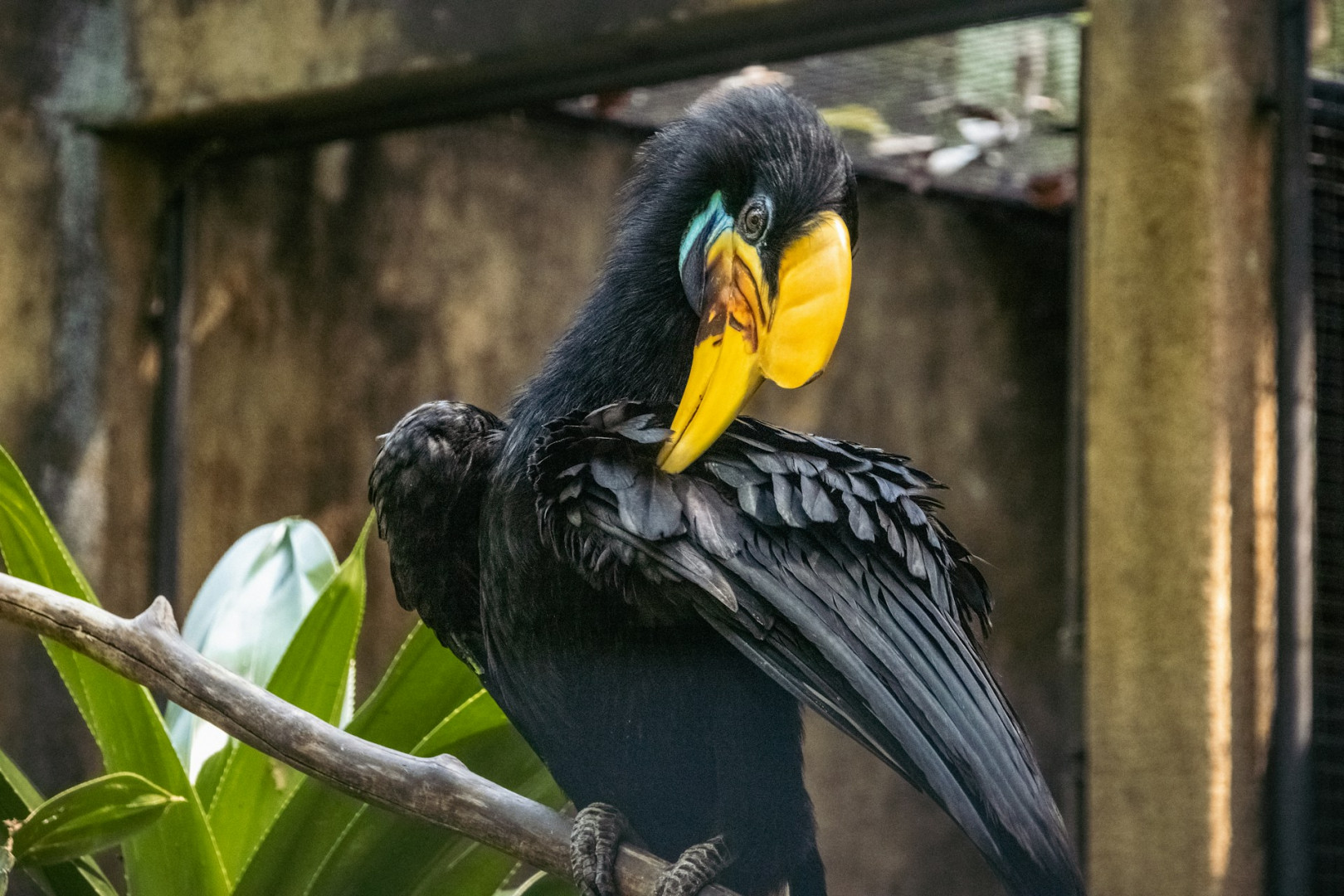
Off-plan properties
About us
Bali, the picturesque island paradise famed for its beautiful scenery and lively culture, has seen an explosion in tourism. But this headlong development has loomed large over the island’s fragile ecosystems and wildlife. Increasingly, sources are warning of the need for sustainability to mitigate the negative impact.
The insatiable growth of tourism infrastructure, with villa complexes and resorts, has started to take a horrible toll on forest destruction and land conversion. This invasion has wreaked havoc on natural ecosystems, forcing native flora and fauna to flee or perish. In Uluwatu, for example, the macaques’ nesting trees were destroyed for construction work, pushing them into settlements in search of food.
Wildlife displacement leads to an increased human-animal interface. Animal welfare groups, like Tio Russ, are at least temporarily providing some support by feeding the displaced troops of monkeys. But this is not a cure-all for this systemic habitat loss problem.
Bali's coast has lost an alarming 6 kilometers of shoreline between 2016 and 2021. The average erosion rate of 1.21 meters per year is especially severe in south Bali, including popular tourist spots such as Badung and Denpasar.
In addition, reclamation of land for artificial islands, as in Benoa Bay, is threatening mangroves and coral reefs, as well as sacred sites. Sand mining, which worsens erosion, further threatens marine biodiversity.
Thousands of tonnes of waste are generated in Bali every day, but only 60 percent of it gets to landfills, creating a waste management crisis on the island. This has caused severe pollution of beaches and rivers, which threatens marine life and communities. Water scarcity is another significant challenge, with tourism in Bali alone utilizing more than half of the island’s groundwater, further taxing the traditional Subak irrigation system and endangering critical rice terraces.

The fast influx of travelers has stripped Bali of its cultural heritage, with younger generations disconnecting from traditional practices. There are also issues with economic inequality, with wealthy tourists and foreign investors causing rents to rise at the expense of local residents. But most of the tourism money is captured by multinational companies, providing little benefit to local communities.
Sea levels are also rising, increasing flooding risks and threatening coastal habitats and infrastructure, exacerbated by coastal erosion. Unsustainable development practices (the construction of artificial islands and unchecked resort development) ignore the longer-term environmental cost.
No doubt, this is an arduous battle, but various efforts are underway to protect tourism through sustainable practices. Eco-friendly movements, including community-based conservation and waste management programs like Sungai Watch, are being embraced. Policy measures such as a proposed moratorium on new tourism projects in South Bali and a tourist tax are being introduced to restrain overdevelopment. Enforcement, however, remains a central issue.
Bali’s tourism boom has exacted a heavy cost on the environment and local culture. Although sustainable initiatives provide hope, more must be done to protect the island’s wildlife, ecosystems, and local communities. Implementing responsible tourism practices and developing stronger regulatory frameworks are key to securing Bali’s long-term future as a premier destination.
If you want to purchase an apartment in Bali, then contact DDA Real Estate. We only work with trusted developers who comply with all laws of Indonesia and do not harm the environment. Buy a villa in Bali now!